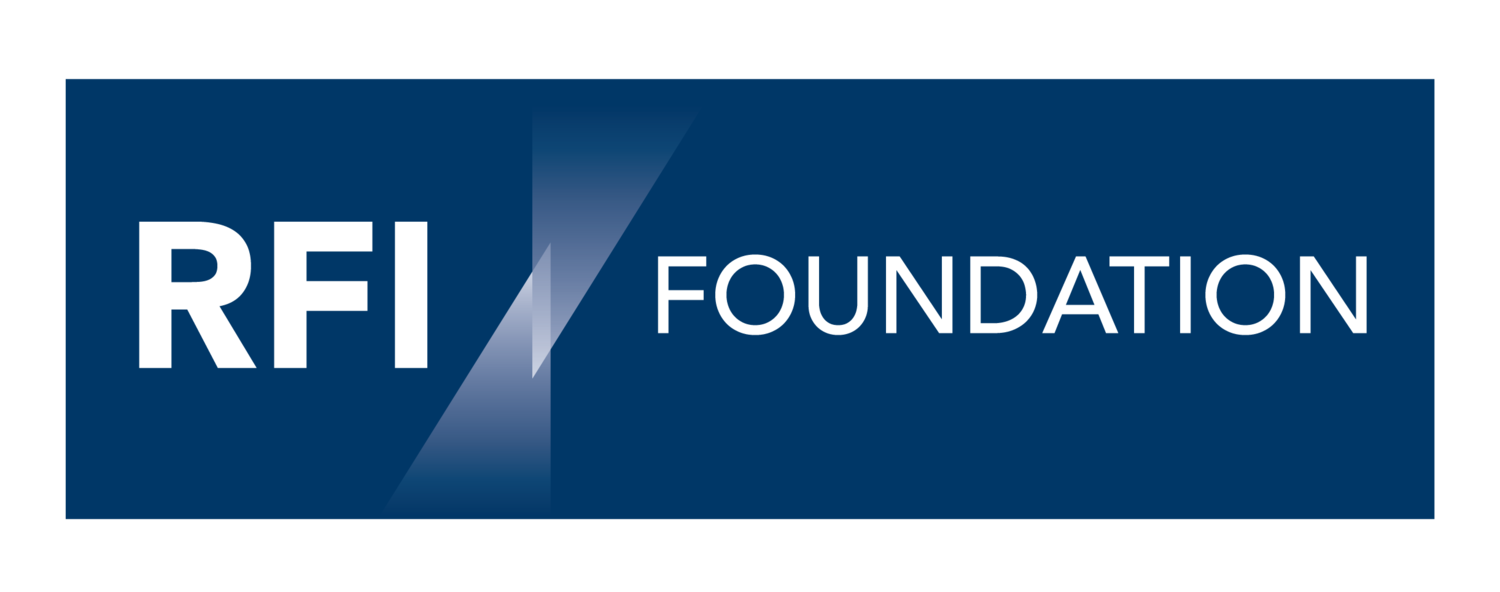Understanding Climate Risks in Indonesia’s Financial System
By Blake Goud and Eman Tabet
Summary
“The impact of climate change on the financial sector has become an important topic that will only grow in coming years. Regulators and international organizations have recognized the potential systemic threats that climate-related financial risks pose. Even outside of worst case scenarios, climate change is likely to generate losses from the realization of physical and transition risks.
One channel that is likely to see escalating levels of financial materiality is the degree to which financial institutions will begin to recognize the direct costs relating to their financed emissions. Until now, the cost of emitted greenhouse gases has been hidden even though they carry real social and economic costs.
As climate-related disasters become more common and especially if countries continue to underperform relative to the targets in the Paris Agreement, the policy response will make these costs more explicit for emitting companies. This will have a spill-over impact on the financial institutions that finance them.
This process is already beginning and emissions are being factored into global financial markets as more institutional investors make climate change a priority. These changes will affect real economy companies and the financial institutions that back them well before, and even without, adoption of widespread carbon prices. This makes it imperative for financial institutions to know where the risk is coming from and to quantify it, but the data aren’t there for most countries, including those that are home to most of the world’s Islamic finance assets.
This report provides an approximation of the size and location of financed emissions within the financial sector of Indonesia. It will make the case for the issue’s importance, and to highlight some areas of concentration of financed emissions. We also highlight some of the interlinkages within the economy and financial sector that can support banks in particular in using their role as intermediaries to amplify the impact they have as they take steps to mitigate their financed emissions risks.
Recommendations
Financed emissions risk identification and mitigation
Concentrations of financed emissions risk strongly associated with different parts of the financial sector require a focus on both direct and indirect emissions exposure across the value chain
Banks should consider whether their financing of one sector will offset (or more) their efforts to address climate-related risks in another
Sharia banks should focus on their areas of particular concentration of financed emissions risk, especially related to the construction and real estate sectors
Policy support for responsible finance
Government policy should work to update incongruous policies with ones that align sectoral policies with existing and future climate-related commitments.
Regulators should provide greater clarity on green, social and sustainable finance targets by defining a science-based taxonomy that defines and classifies green assets and projects with national relevance.
Opportunities
Financial institutions who focus on collecting more data will allow them to tag ‘green assets’, and offer sustainability-linked loans & financing, as well as green, social & sustainable bonds and sukuk
Improving the bankability of climate adaptation and mitigation activities like those demonstrated through the Indonesia Climate Change Trust Fund, including efforts that support social impact and a Just Transition in the context of climate change mitigation
Download the report
When you click “Download”, you will receive a copy of the report. If you clicked the box to subscribe to our email newsletter, you will be added to our mailing list. You can easily unsubscribe at any time using the unsubscribe link included with every newsletter. See our privacy policy for more information.

